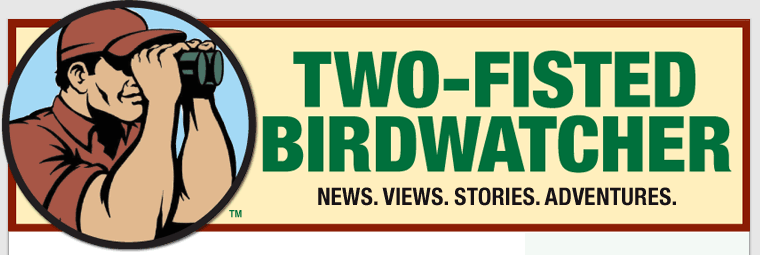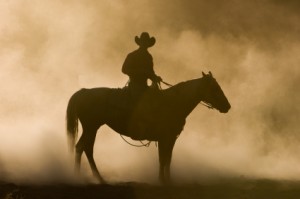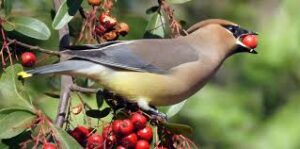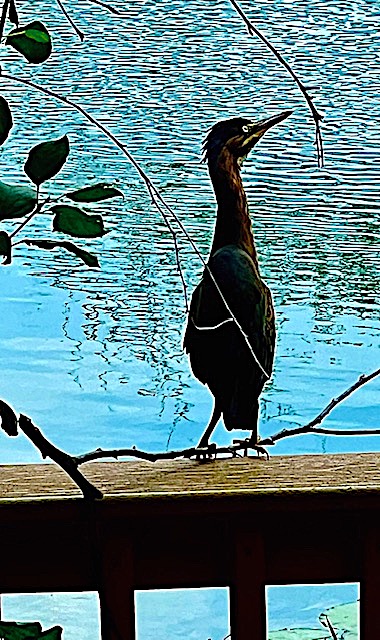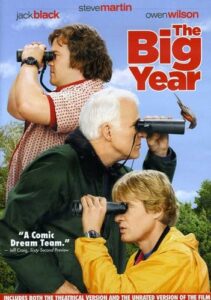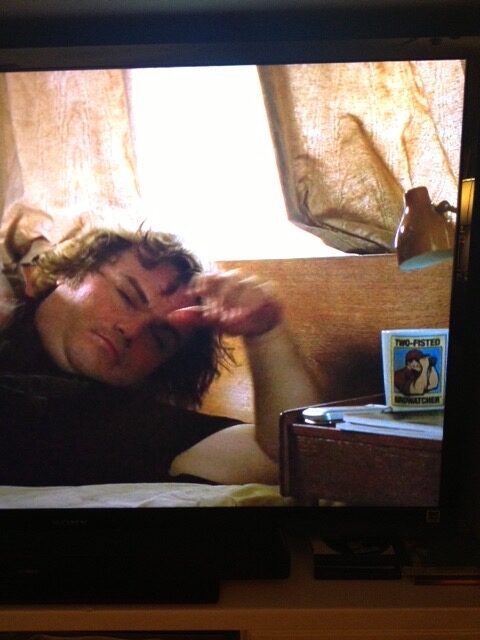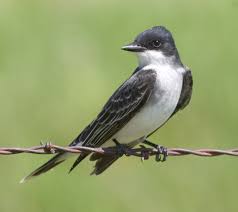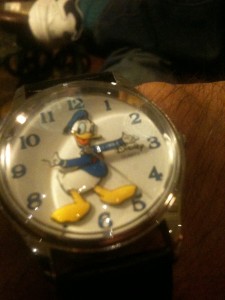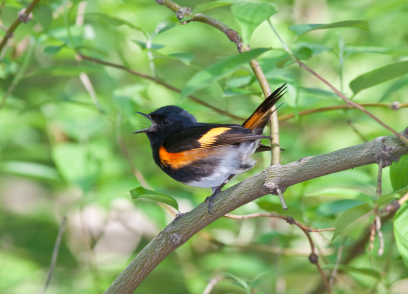For birdwatching, you figure you gotta leave the house, the neighborhood, the vibes of city living, concrete and cars. The birds are in the wilds, right?
But birds live by no rules. That’s what you like about getting into their heads.
Like last night. You sat alone in a parked car, waiting for an appointment. You were in a Chicago strip mall on the busy North Side, enjoying a McDonald’s burger and fries.
And you’re watching gulls hanging around. Ring-billed Gulls. “Mall gulls.” Not out of the ordinary, but seemingly out of place. Some perch atop light poles; some waddle on concrete between parked cars. Some just stand, looking thoughtul.

And one of them is watching you. Like a hawk. Not a gull.
Okay: enough mutual watching. Let’s have an inter-species meeting of the minds. You’ve been a journalist. You’ve interviewed folks from the weird to the famous. You’re good at getting questions answered.
Talk to that gull. It’ll kill time as day dims into early evening and you’ve got time on your hands. As well as grease from a French fry recently tossed out the car window…
YOU: Sir, do you have a moment? I’d like to ask you a few questions—consider it a favor in return for that fry you just scarfed up…
GULL: Questions? I got questions for you: why did you call me “Sir?” And … how is it we’re even communicating? We don’t speak the same language.
YOU: Wouldn’t it be great if we did? So on this evening, in this parking lot, and with French fries in the game, let’s break rules—we don’t need language, we’ve got our thoughts—let’s share…
GULL: Share thoughts or fries?
YOU: Maybe both. How ‘bout it?
GULL: Okay, but again—why’d you call me “sir?”
YOU: Don’t tell me you’re a chick. Wait, are you?
GULL: You don’t know much about gulls I see. Or about how to address a lady.
YOU: Actually, I do. Know about gulls, I mean. I work for Two-Fisted Birdwatcher. We all know about birds. And, yeah, I see where you’re going with this, miss.
GULL: Ring-billed Gulls don’t have….what?….finish my sentence Fry-guy.
YOU: They don’t have obvious markings differentiating between male and female. So…sorry, honey..
GULL: From sir to honey? You’re not too good at this, you know?
YOU: Well, you are kinda cute. But let’s start over. I’ve got a question, something I wonder about when I see seagulls on city pavement…
GULL: Did you just say, “see seagulls?” Or was that a stutter?
YOU: You’re a wise guy, y’know? Or a wise gal. A wise gull!
GULL: So what’s your question. I gotta fly, but I’ll give you a minute—if you give me another fry.
YOU: I’m not sure they’re good for you.
GULL: Oh, come on…
YOU: Well, maybe just one more. But here’s my question: Why are you so far inland from Lake Michigan? Gulls’re shore birds, right? Not city pigeons.
GULL: Ah, don’t even get me started on those blimpy dodos.
YOU: We can discuss your views about pigeons another day. For now–why are you on strip mall pavement instead of a sandy beach?
GULL: The answer is in front of your face, fry-boy.
YOU: C’mon, a quick interview is a good interview, so let’s not talk in riddles—what’s in front of my face?
GULL: Geez, you’re slow. No wonder you’re driving that beat-up old Jeep.
YOU: Oh, I get it—the hand in front of my face—resting on the wheel—is holding…sure…I came here for fries, too, y’know.
GULL: Enough discussion—toss that baby out the window.
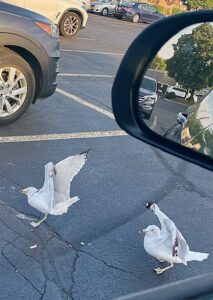
YOU: Here. Whoops, that brought a buddy of yours, too…But wait, don’t fly away yet—I’m thinking of tearing off an edge from the burger in a moment…probably better for you anyway.
GULL: What was your question, again?
YOU: OK. Aren’t you better off eating a seagull diet? I’m a birdwatcher, a guy who studies birds, remember?—I know seagulls eat seafood. Mainly—fish. Right?
GULL: Gimme another fry and I’ll give you an answer…
YOU: It cannot be good for you, hanging around a human mall with gas fumes and street junk…discarded bits of crappy human food… NOT good for a gal born to live on FISH.
GULL: Fair enough. Frankly, I wonder about this stuff myself. Let me answer by asking you a question: you ever eat raw fish?
YOU: Well—I tried sushi once when it got popular years ago. And, also, oysters once after throwing back too much booze in a bar…
GULL: And….what’d you think?
YOU: In a word: yecccccchhhhh!
GULL: And that says it all. Wait, what are you doing. Hold on…..Don’t put that fry in your mouth…
YOU: My dinner’s getting cold. In a moment I’m going to take a bite of the burger, too…so you hold on. Wait, where are you going?
GULL: I’m splitting this scene, fry-face. Enjoy that junk food, I just saw a kid coming out of Potbelly’s and I know there’s going to be good pickin’s…
(FLAP, FLAP, flap, flap….)

